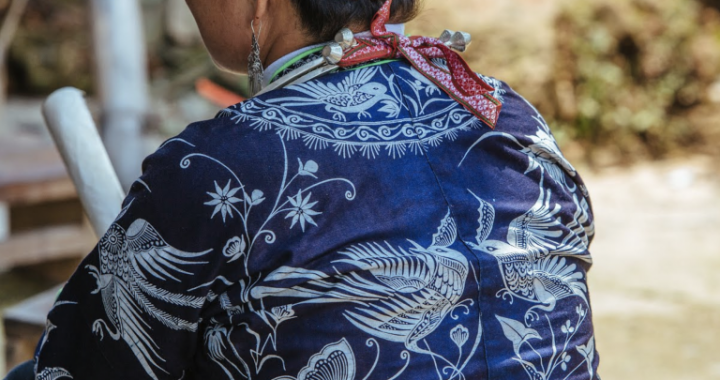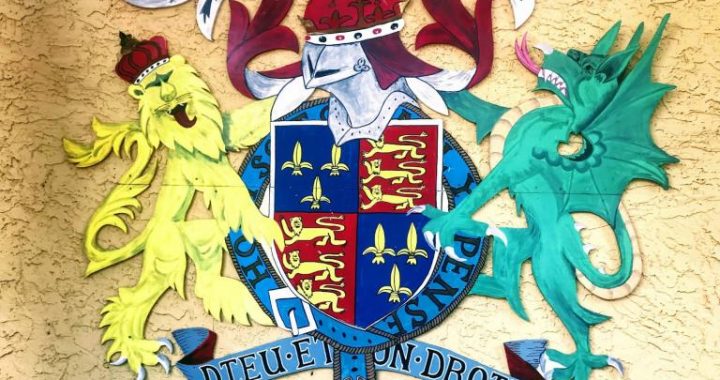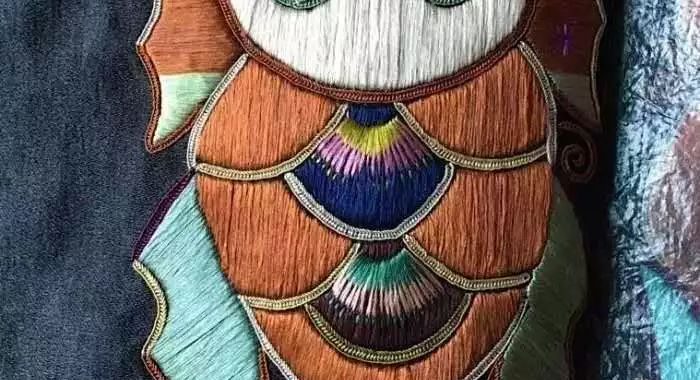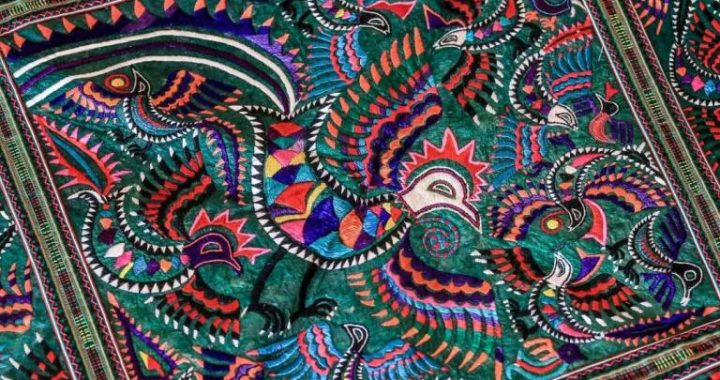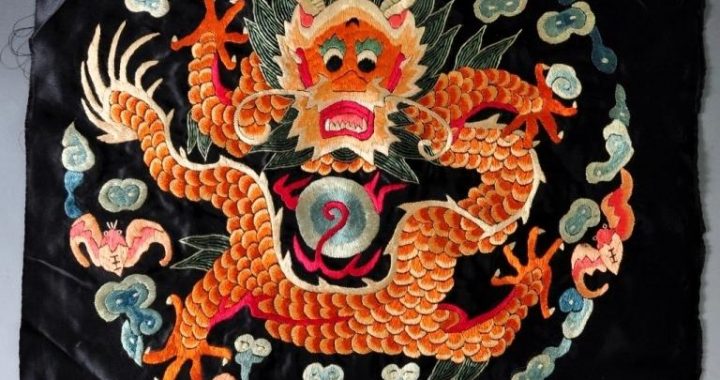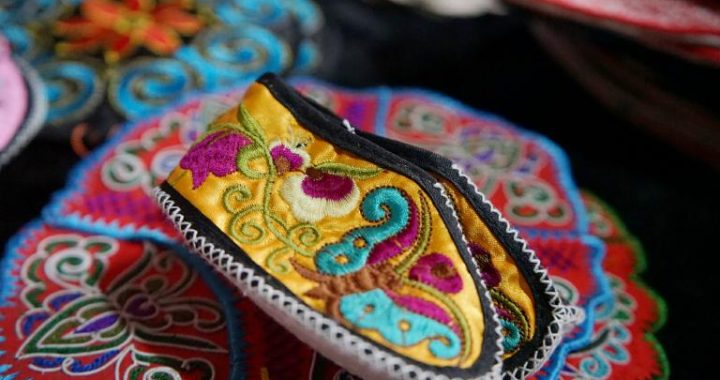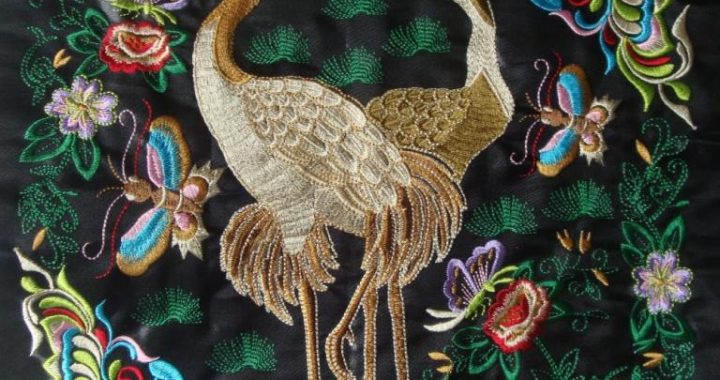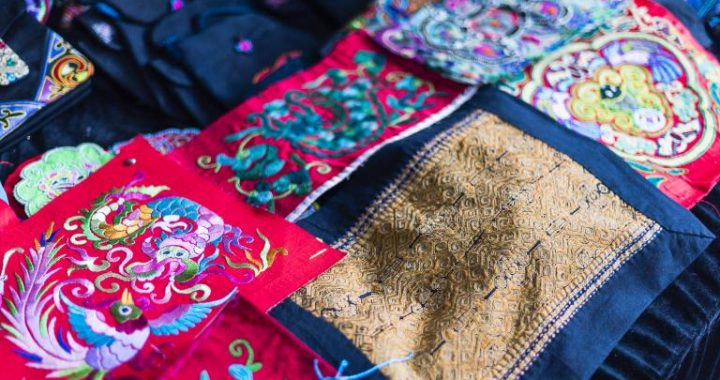Dress Features of Each Stratum of Society
2 min readCharacteristics of Dress for Different Classes in the Ming Dynasty The style of the Ming dress is magnificent and is an example of ancient Chinese dress arts. The designs and flower patterns in the dress of Chinese traditional opera are mostly the copies of the Ming dress.
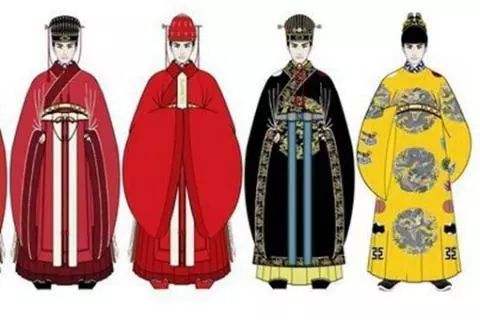
In different occasions, such as sacrificial rites to the heaven and earth, ascending the throne, and going on an expedition, the Ming Emperors would wear different dresses. On occasions of important ceremonies, the Emperor would follow the tradition to wear mianfu so as to show his nobleness, dignity and elegance.
Usually, the Emperor wore ordinary dress, which is also known as yishanguan. The ordinary dress for the Ming emperor was made of yellow brocade, embroidered with images of Chinese dragon, pheasant and twelve symbolic motifs to show his dignity.
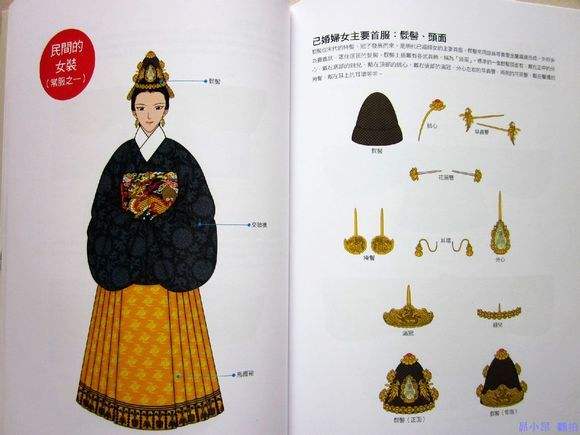
After experiencing the great change in the Yuan dynasty, the official dress in the Ming dynasty resumed Chinese traditional dress system. The types of dress consist of court dress, mourning dress, public dress, etc. The court dress was for officials to attend some important activities and the mourning dress was for sacrificial rites. The shoufu of the Ming officials is a kind of inheritance and development from the scarf in the Song and Yuan dynasties. In winter, the emperors often gave his favored ministers something to keep out the cold, like fur, shawl, muffle, etc., which the commons were not allowed to use. Besides, the wives and mothers of the favored officials would also be granted red robes with wide sleeves and capes, which were distinguished by lines and ornaments to show different grades.
The dress styles of the ordinary people in the Ming dynasty were also varied.
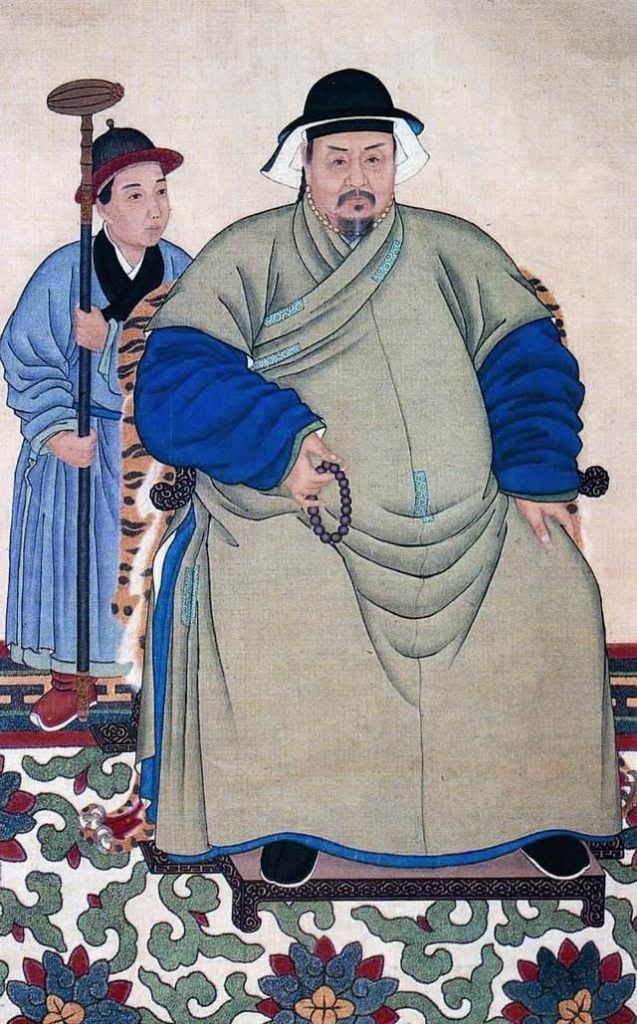
These styles only had a little change compared with that in the previous dynasties.
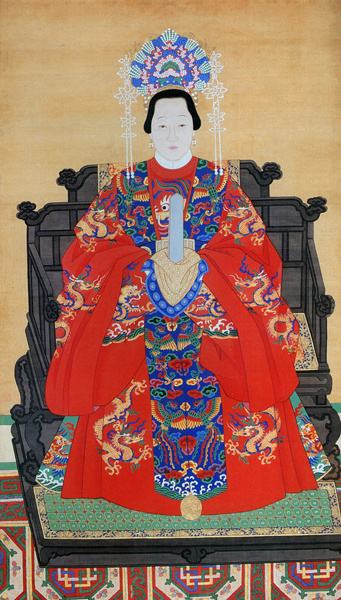
A kind of long vest, which looks like the armor worn by soldiers, also known as waistcoat, was popular among young women in that time. As for the dress color, the regular women could only wear dresses in purple, green, pink, etc., and the bright red, green and yellow colors were prohibited so as to avoid confusion with the official dresses. The commons could only wear brown dress. As for the hats for the regular people, in addition to the old style which had been popular since the Tang and Song dynasties, the Emperor Zhu Yuanzhang himself picked up two new styles, which could be worn by both the literati and the commons. One was black square barrel-like gauze cap, which is also known as sifang-pingdingjin, indicating stableness throughout the country; the other was half-ball-shaped cap, which is also known as liuhe-yitongmao, meaning the peace and unification of the country. The latter one has been retained till today and has become the skullcap made of black satin, quite popular in the north China.
